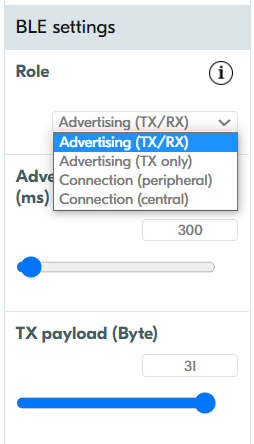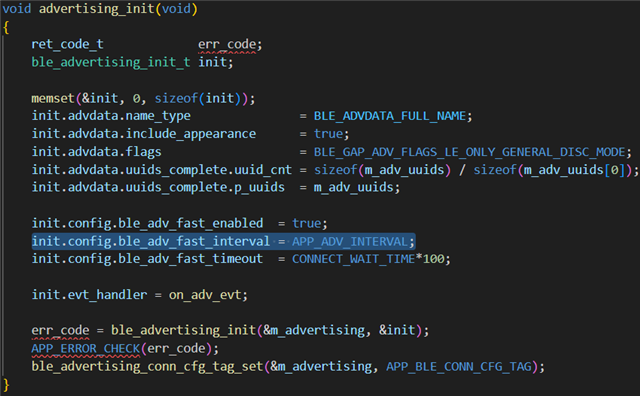Hi, I'm using S132 for BLE and I want to optimize current consumption as much as I can. Right now, I'm having BLE advertising while SAADC sampling battery voltage every 10 seconds. It consumes around 1.0mA and it matches the prediction from the Online Power Profiler Tool. My code for SAADC is based on this Low power SAADC example
I know that using PPI I can link timer to 1 end of the PPI channel and SAADC to the other end of the PPI channel, thus removing the need of CPU processing. However, how much consumption is saved when I used PPI compared to the above Low Power SAADC example? Or the above example is already the lowest possible consumption I can achieve for SAADC?
Thank you very much for your clarification.
Best regards,
Xander






